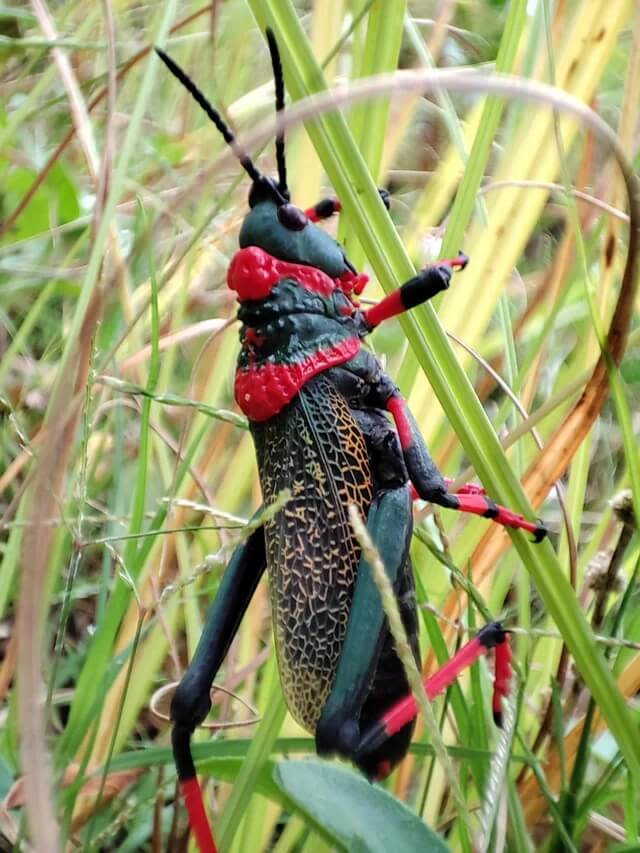Homeowner baffled by otherworldly-looking creature discovered in their garden: ‘It’s a … nightmare’
A homeowner posted on Reddit looking for help to identify the incredible insect they found in their yard.
There are many tools online for putting a name to an unfamiliar face in the garden, including nature guides and identification apps. Many people also turn to communities like r/whatsthisbug for a quick answer from an educated user base.
All of these options help people learn more about their tiny visitors, understand which ones are dangerous or destructive, and feel increasingly comfortable leaving the harmless or beneficial bugs where they are. Many of these insects pollinate plants or eat pests, benefitting both people and the environment.

That’s why this Redditor shared a photo online when they saw a weird and unfamiliar bug. “Found in my garden; any idea what it is?” they asked.
The photo was an incredibly detailed close-up of the bug hanging from a blade of grass. It was mostly a glossy black but had brilliant red stripes on all of its legs and on the armored plate of its thorax. Lacy wings and powerful jumping legs put it in the grasshopper family, but the original poster needed more information.
“It’s a friggin’ nightmare is what it is,” joked one user.
“Looks like a Koppie foam grasshopper,” said a helpful commenter, adding a link to the creature’s iNaturalist entry. According to iNaturalist, the grasshopper is native to southern Africa.
Commenters were most interested in how this striking insect protects itself from being eaten: It produces a toxic foam from glands on its thorax, which it is able to secrete thanks to its diet of plants such as milkweed. “Whaaat?!” said one user. “Amazing, today I learned.”
“It’s like a Mr. Bubble foam rave for ants!” replied another commenter.
“That explains its colors,” said a third user, referring to a common pattern in nature called aposematism, in which poisonous or venomous animals have bright colors to ward off predators.
Join our free newsletter for easy tips to save more, waste less, and help yourself while helping the planet.

